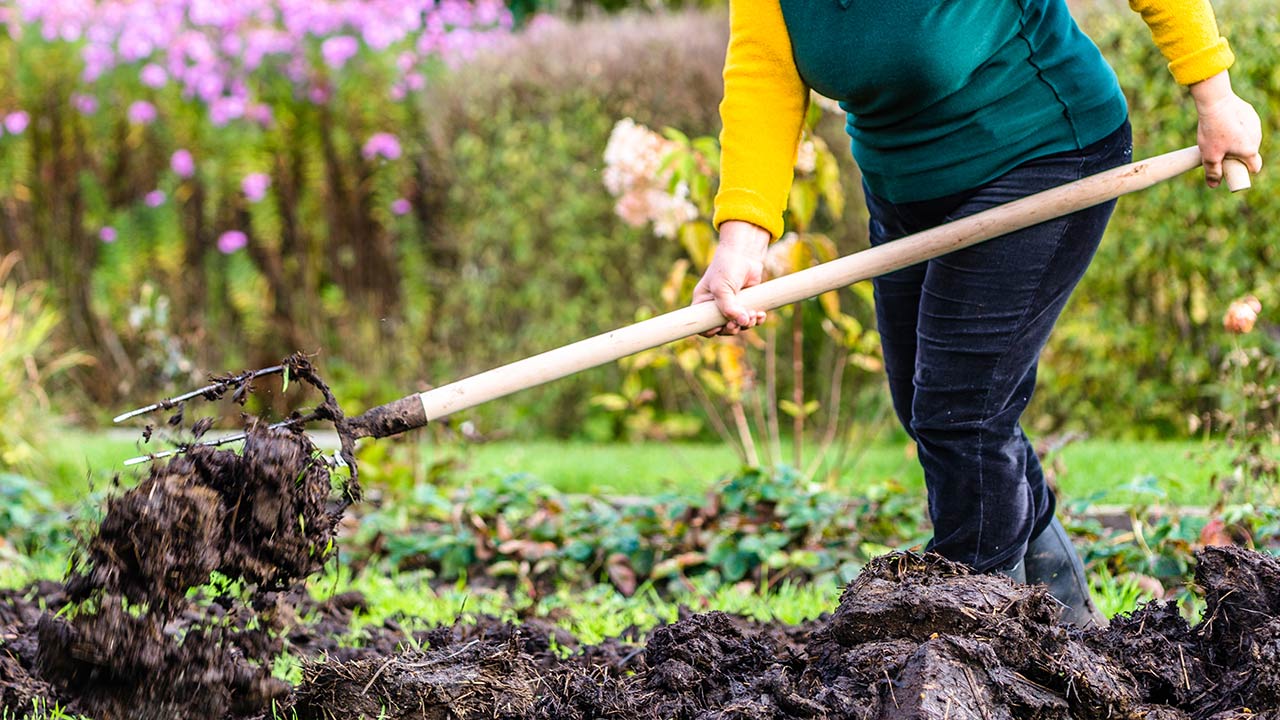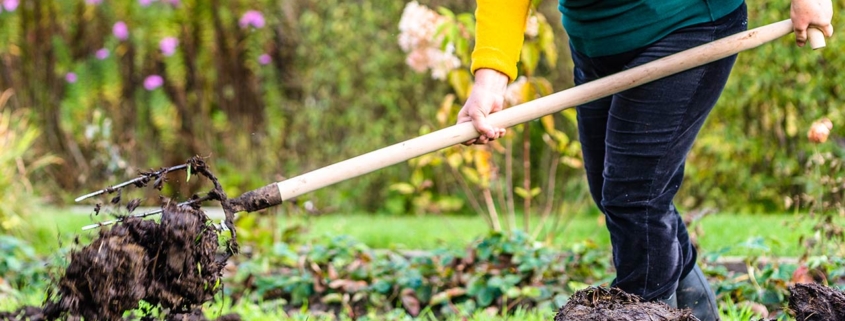Chicago Home and Lifestyles – Preparing soil for the garden

Now that we are finally getting warmer weather around Chicago we can get out and work around the yard!
Cleaning up should be your focus. Clean up any old mulch. Pull weeds as they surface. Try not to disturb the soil too much around flower beds and shrubs to avoid bringing more weed seeds to the surface. This is different from a vegetable garden.
To begin, it is a good idea to know what kind of soil you have. We will talk about clay type soil today as that is commonly what we deal with in and around Chicago. You can tell clay soil from other types by grabbing a fistful of damp soil. Clay soil will hold together and actually feel like “clay.” It is difficult to manipulate, and it can hinder root development. It does however hold nutrients and moisture better than sandy soil.
The best cure for clay soil is to add organic material. Starting in the fall is a good idea as breaking down clay soil can take a few years at best. In the fall clear out all old plant debris and pull out any visible weeds. Work soil to a depth of 8-12 inches. Lay down four inches of composted manure and top with an inch or two of fresh topsoil. Leave over the winter and work it in well before planting in the summer. Cover crops also add nutrients to the soil while providing structure for the roots of your garden plants. Sow clover, rye, or oats in the fall. These crops germinate quickly in the cooler weather. Let them die over winter and work it in before planting in the spring.
This is the best way to transform your soil, but it can take quite a while to see results. There are liquid soil amendments on the market now that claim to shorten this timeline immensely, but I have not tried them. If anyone has had any success with them let me know!
While you are waiting for your soil to get better you can do what I call “pot in the garden”. For each plant you will dig a hole at least three times as big as you think. Loosen the soil to at least twelve inches, toss in a little all-purpose plant food. Add enough garden soil to complete planting. This gives the plants their own growing medium and adds organic material to the soil.
Pay attention to the suggested dates for safe planting in your region. These are given for a reason. Also known as the frost line, it gives you a date for when the danger of killing frost is past. As anyone who lives in the Midwest knows, heavy frosts in May can wipe out a newly planted vegetable garden or have you out in the cold covering thirty plants hoping it works. My date in Chicago is May 15, but I usually wait a week beyond that!
Kathleen Weaver-Zech and Dean’s Team Chicago

